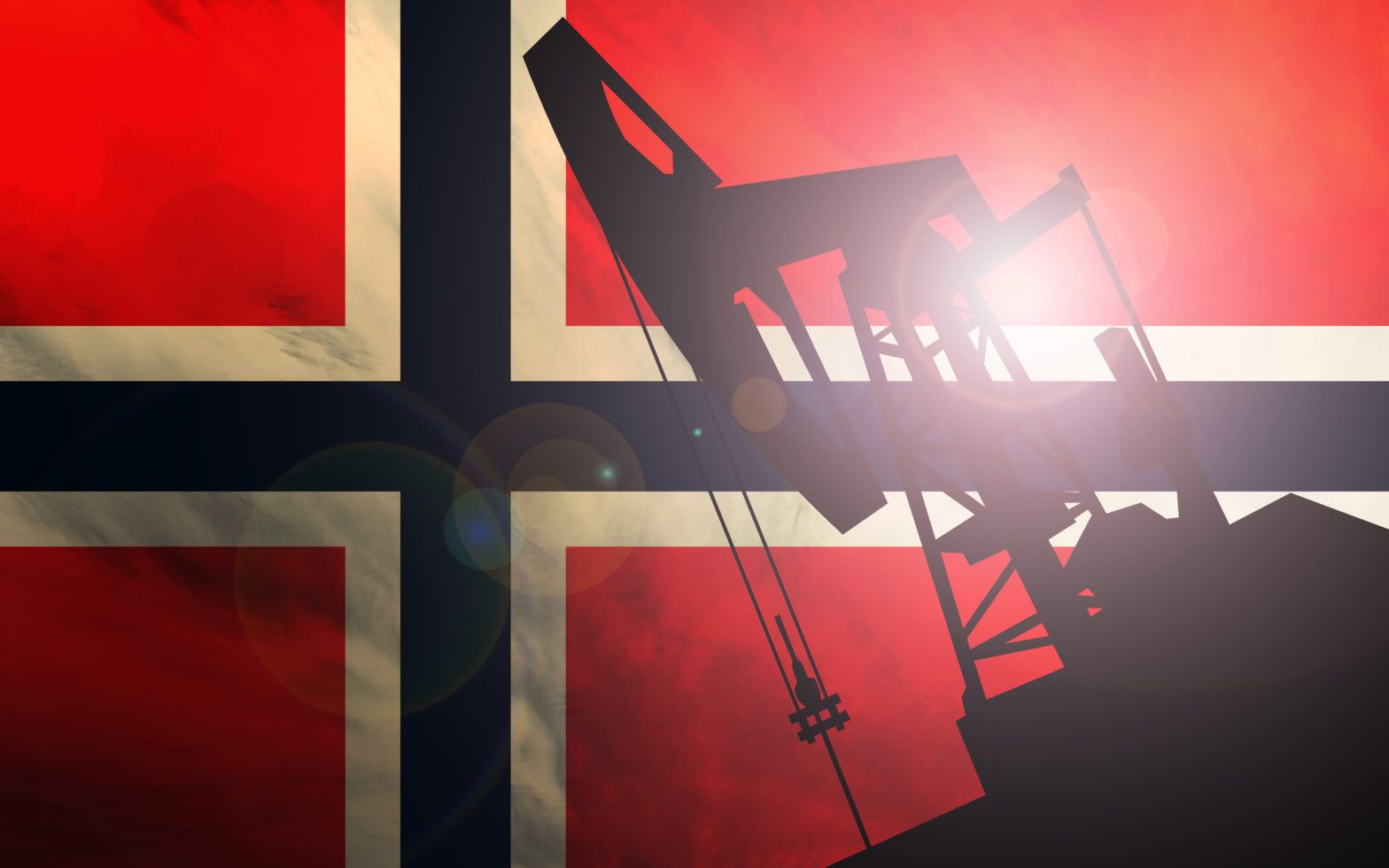The Norwegian stock market has taken a pummelling over the last two months amid the global sell-off in October and the latest dramatic drop in the oil price.
The Oslo Stock Exchange All Share Index (Oseax) has fallen almost 10% during the period, dragged down by the slump in the price of crude which has fallen below $60 a barrel after highs of $85 in early October.
Norwegian investors, however, are resigned to the country’s dependence on black gold, said Arild Orgland, managing partner at wealth management firm Industrifinans.
The oil and gas sector accounts for about 22% of Norwegian GDP and 67% of Norwegian exports, according to EU statistics.
“The oil price is volatile – oil price-related stocks are therefore volatile too,” Orgland (pictured) told Expert Investor. “Most Norwegian investors are used to that.”
“Our allocation to Norwegian equities has been fixed at a third of our total equity portfolio, and we didn’t change it during the turmoil,” he said.

Oil dependence
Norway’s dependence on oil also has its upsides. Oil-related stocks have helped the Oseax surge this year on the back of a rebounding oil price – until the recent slump – and the index remains up 6% YTD.
The Nordic country’s reliance on oil, however, has decreased since the spectacular collapse on the price of crude in 2014-15. Four years ago, oil stocks made up about one third of the total market capitalisation – that has fallen 23%.
Orgland added that he would not necessarily have to change his allocation to Norwegian equities to reduce his exposure to oil. “We only use active managers with concentrated portfolios of 20-40 stocks in this asset class. They can of course change their exposure to oil-related stocks,” he said.
“Two of the three Norwegian equity funds we invest in had been building up their oil exposure in the last 12 to 18 months and have reduced this exposure [because of the fall in the oil price in the last two months].”
However, the recent oil price slump came suddenly. Another manager that Industrifinans invests in has been reluctant to reduce his exposure, he added. “He has a less dynamic approach,” Orgland admitted.
Outperforming Europe
All eight Norwegian equity funds in the FE Financial Express database have outperformed the pan-European Euro Stoxx 50 index this year.
One of these funds, Storebrand Norge, has been able to limit downside to about 7% during the recent market correction.
The Euro Stoxx index has fallen about 8% over the last two months.
Storebrand Norge is underweight on the energy sector and overweight on a number of seafood companies which have performed well.

Shifting currency dynamics
A slump in the oil price has historically put pressure on the Norwegian krone. In 2014/15 – when the oil price more than halved – the krone fell by about 30% against the dollar.
However, the tight relationship between the krone and the oil price has shifted since then.
Despite the price of Brent crude rising by more than 80% between June 2017 and September 2018, the krone only appreciated slightly.
Since October, meanwhile, the currency has fallen about 4% despite the oil price falling about 30%.

This shift in currency dynamics reduces not only the base currency risk for Norwegian investors, but also the need to hedge foreign currency exposure.
Nonetheless, some of Industrifinans’ clients still prefer part of their exposure to international equities to be hedged, adds Orgland.







